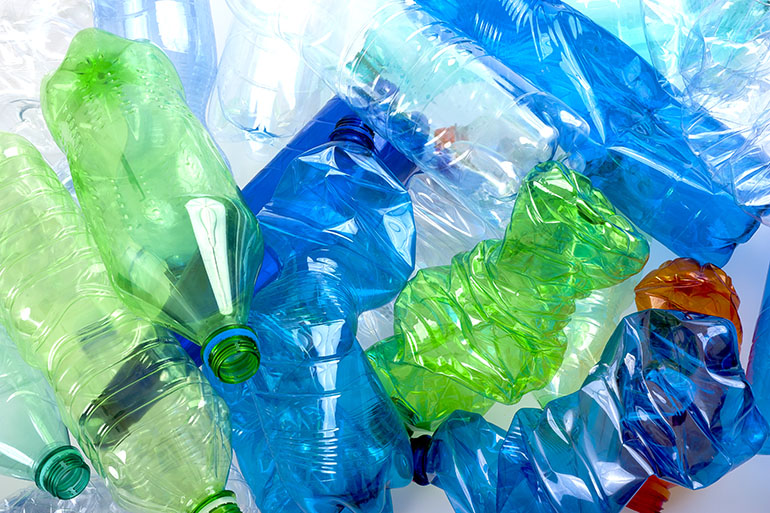Everything from our plastic water bottles and cosmetics to our non-stick frying pans contains chemicals that accumulate in our bodies. But it is unclear what effects these chemicals might have on human health and well-being.
A report released this week by the Environmental Working Group, a research and advocacy group based in Washington, D.C., attempts to inform part of this discussion by quantifying the extent these chemicals are found in Americans.
“It’s hard to make the connection between being exposed to something and getting the disease because the disease is going to develop five, 10, 20 years later,” said Curt DellaValle, author of the report and a senior scientist with the group. “I hope something like this raises some awareness that these exposures are out there, there are some dangers generally … and we should work to try and reduce those exposures.”
The group analyzed biomonitoring data from the Centers for Disease Control and Prevention’s National Health and Nutrition Examination Survey, which provides a representational snapshot of the U.S. population.
According to their findings, as many as 420 natural and man-made chemicals known to or likely to cause cancer were detected in blood, urine, hair and other human samples that were taken as part of the survey. Arsenic, lead, nitrate, a breakdown product of the insecticide DDT (dichloro-diphenyl-trichloroethane) and chloroform were found in nearly every person participating in the survey. Benzene, which is widely used to manufacture plastics, synthetic fibers and lubricants, was found in more than a half.
PCB (polychlorinated biphenyl), which is no longer produced in the U.S. but may still be found in old electrical equipment and products such as fluorescent light ballasts and plastics, was detected in between less than 5 percent to 100 percent of the people tested depending on the form of the chemical.
According to the report, nine of the chemicals were estimated to be at toxicity levels that exceed the Environmental Protection Agency’s safety standards.
Exposure to the chemicals can come from flame retardants in furniture, waterproof clothing, cookware, fragrance ingredients, pesticides or contaminated air, soil or food. Evidence suggests that some of the chemicals may cause cancer while for others the link is weaker.
The study’s author stresses that the mere presence of these toxic chemicals has not been shown to increase cancer risks. The real matter for concern, according to the author, is the lack of understanding about how these chemicals will interact with each other when they accumulate in the body.
Junfeng Zhang, a professor of global and environmental health at Duke University, said it’s a tough job trying to figure out if environmental exposure to chemicals leads to cancer. Proving toxicity of a chemical — such as tobacco — is easy, but finding out the level of exposure that might cause cancer is difficult. It’s a factor that is overshadowed by the recent advances in highlighting the disease’s genetic causes. The report, Zhang says, is useful for people to understand their health risks even if it doesn’t guarantee that cancer will result. Zhang was not involved in the report.
“We introduce lots of chemicals, we have to tell people what sort of risk they have,” he said. “A carcinogen is a carcinogen, at high enough doses it will cause cancer … The number is just an indicator of risk.”
The study comes a week after Congress passed the first reform in 40 years to the Toxic Substances Control Act, which gives the Environmental Protection Agency regulatory authority over thousands of such chemicals, and as the European Commission began consideration of increasing the regulation of chemicals that may affect the endocrine system, including PCBs, pesticides and BPA (bisphenol A).
This story has been updated to reflect that not all chemicals that affect the endocrine system are disruptors.







